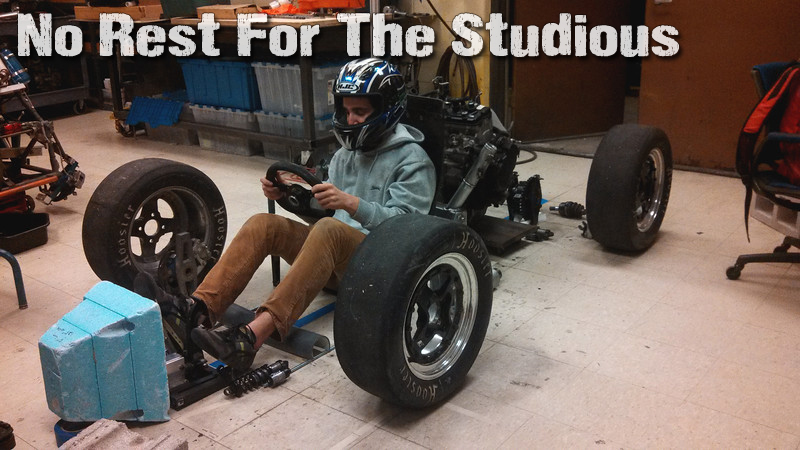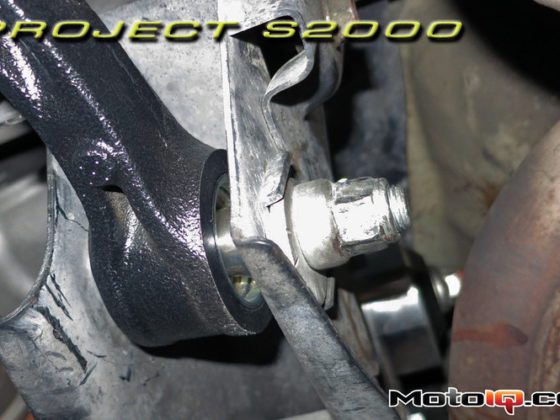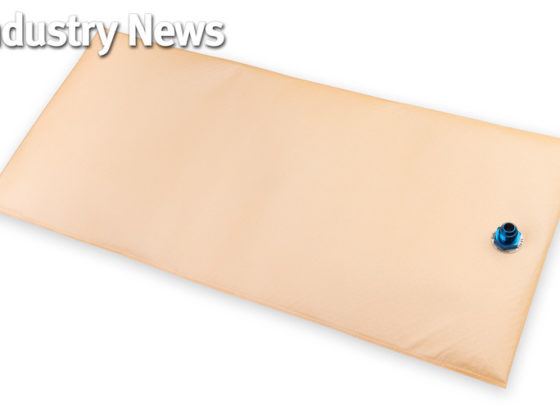,
In 2014, the overall goal was simple: lose weight. A nearly 600 pound SAE car simply wasn't going to cut it. Other goals would be to simplify where possible and improve handling if we could. A focusing of the design goals was important as the Senior design team would consist of only 9 students. The underclassmen team would more than double that number, but the end result was built with only about 20 students dedicating their time and efforts. The team was also supported by a healthy group of school faculty, including our team advisors, a good portion of the Mechanical Engineering department, and the machinists in the school's two full-time machine shops. With the successes of the previous three years, the school also provided a larger budget, expanding the possibilities for the team's latest creation.
 What a task; I mean, how does one even improve on a car powerful enough to break the time/space barrier?
What a task; I mean, how does one even improve on a car powerful enough to break the time/space barrier?The first stage of any build, especially one with as many custom components as this car contains, is the design. The biggest goal was to lose 100 pounds from the car, shaving weight from every component possible. It was also requested that the chassis be designed to split just behind the rollbar. The reasoning was two-fold: the first was to ease in maintenance of the front part of the engine and the fuel system. The second reason was to aid in the future move to a monocoque. A steel subframe that incorporated the engine, differential, and rear suspension would mean less time would be spent on fabricating a mold and designing a monocoque car (this is what many teams trying out monocoques do and these days the experienced monocoque teams create full monocoques). UD would like to move to a monocoque in the next few seasons. We have a great composites lab directly across the street from our shop and we want to make better use of it!

The chassis went through 13 iterations as we refined the design from a concept to a prototype. Initially, we looked at constructing the rear subframe using aluminum plates that bolted together around the motor. This idea was scrapped for three reasons: cost, weight, and manufacturability. Buying that much aluminum, even at wholesale prices, would have put a heavy dent in our budget and even with tons of milling and shaving, the end product would be heavier than a tube frame. The final nail in the coffin was the fact that UD's mills would not be able to handle a piece of material as large as we needed. And if any of the students made a mistake during machining well… So aluminum was out and steel tube was back in.
 This was our first iteration of split chassis. The rear section of the cradle seemed a natural split point. The supports for the rollbar would be sleeved and removable (which is legal in FSAE).
This was our first iteration of split chassis. The rear section of the cradle seemed a natural split point. The supports for the rollbar would be sleeved and removable (which is legal in FSAE).  The first tube idea looked something like this. The sleeved joints would be a tight slip fit, allowing the tubes to take the loading of the engine, drivetrain, and suspension. The small, 1/4″ bolts holding the assembly together would only be there to provide clamping. In the end the sleeve joints were scrapped because of their dependence on a tight fit. With this car being fabricated by amateurs, the level of precision would be beyond our fabricating abilities.
The first tube idea looked something like this. The sleeved joints would be a tight slip fit, allowing the tubes to take the loading of the engine, drivetrain, and suspension. The small, 1/4″ bolts holding the assembly together would only be there to provide clamping. In the end the sleeve joints were scrapped because of their dependence on a tight fit. With this car being fabricated by amateurs, the level of precision would be beyond our fabricating abilities.


